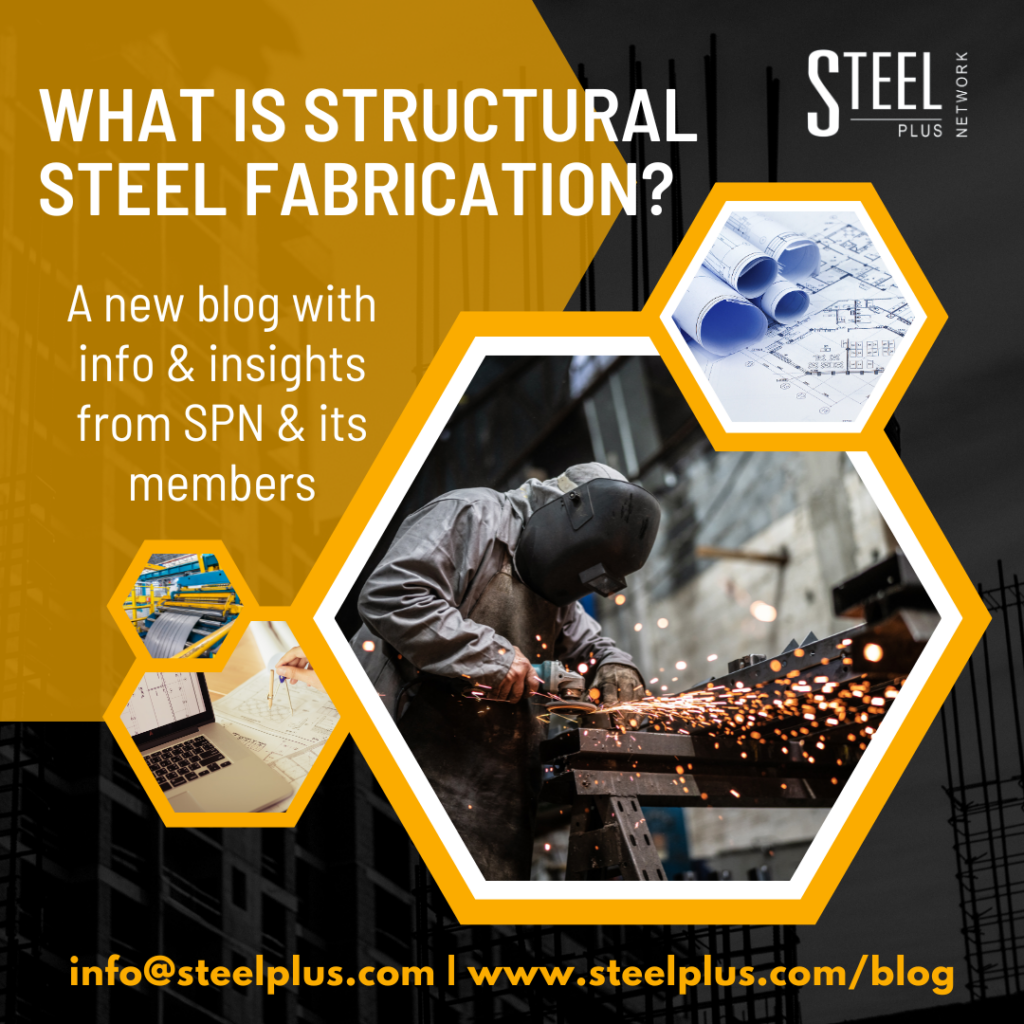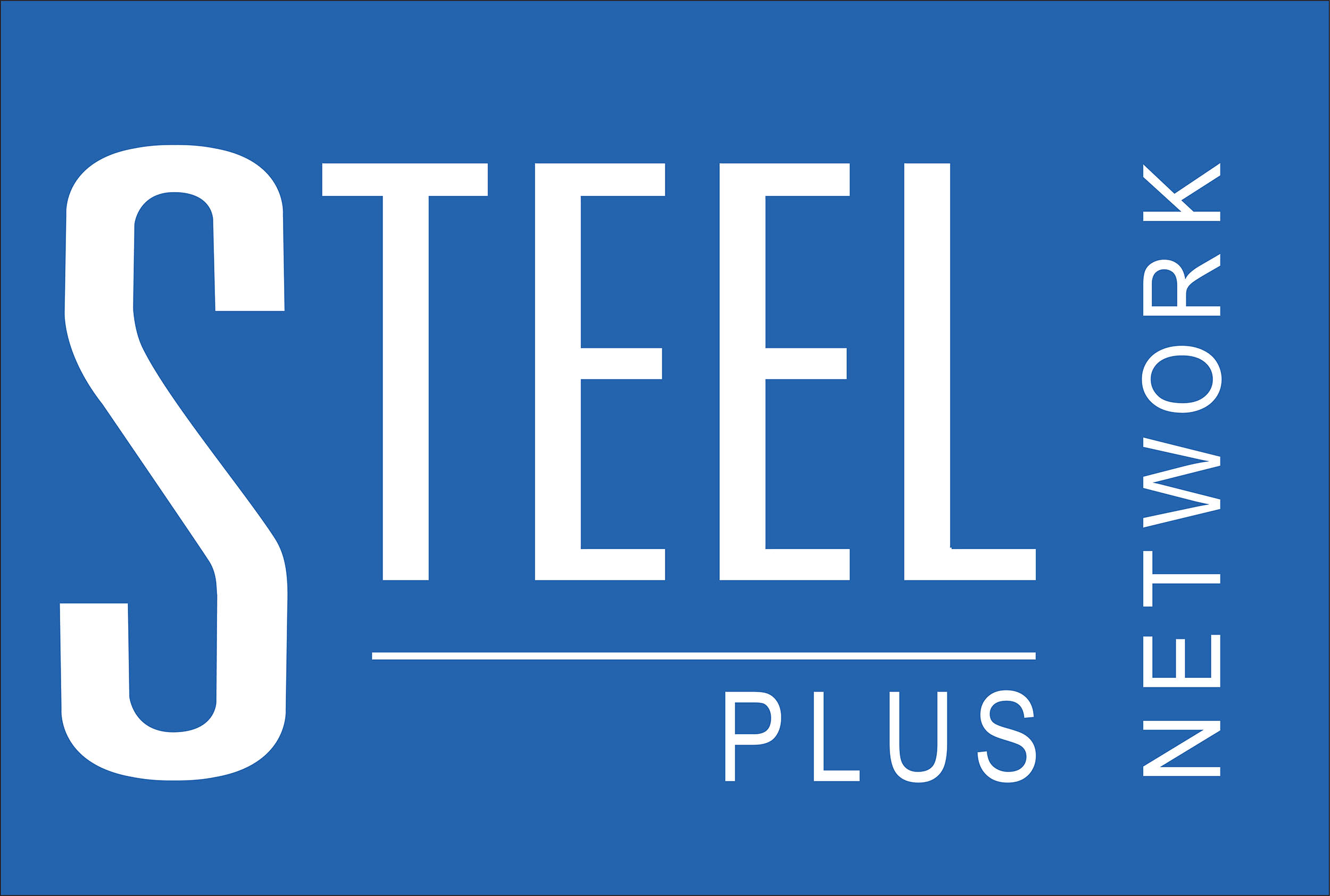What is structural steel fabrication? Info and insight from SPN and its members
04 Apr 2024

Structural steel fabricators play a vital role in the construction industry. Here’s what it is and insight from some of our very own members:
- Blueprint Interpretation: The process of understanding and extracting relevant information from technical drawings or blueprints related to structural steel fabrication, including dimensions, tolerances, materials, and assembly instructions.
- Fabricators read and interpret blueprints to ensure precision and accuracy.
- They collaborate with architects, contractors, drafters, and designers.
“’Drafting and detailing is the name of the game. If the shop drawing is wrong, fabrication and installation are wrong. If the shop drawing is right, fabrication and installation are right.” – Jacques Labbé, VP Operations, Groupe Camnor (Sainte-Marie-de-Beauce, Québec)
- Steel Component Creation: The manufacturing process involving shaping, cutting, bending, and assembling steel materials according to blueprint specifications to create structural components such as beams, columns, trusses, and connections.
- Using various tools and techniques, fabricators create steel beams and other large prefab structures.
- These components are customized according to the designer’s specifications.
- Advanced Technology Usage: Incorporation of cutting-edge tools and techniques, such as computer-aided design (CAD), Building Information Modeling (BIM), robotic welding, CNC machining, and automated material handling, to optimize efficiency, accuracy, and quality in structural steel fabrication.
- Fabricators employ CNC technology, 3D modeling software, and heavy machinery.
- Cutting, welding, and bending machines ensure precision during fabrication.
- Fabrication Process: The systematic procedure of transforming raw steel materials into finished structural components or assemblies, including cutting, drilling, welding, forming, machining, and surface treatment, guided by blueprint instructions and utilizing specialized equipment and skilled labour.
- Shop Drawings: Begin with detailed blueprints that outline measurements, specifications, and building codes.
- Cutting: Use tools like laser cutters, plasma torches, and saws to shape steel components.
- Assembling: Meticulously fuse steel parts together to create the skeletal structure of buildings.
- Rolling and Bending Structural Steel
- Roll Bending (Plate Rolling or Angle Bending): Uses a series of rollers to bend a metal piece into a desired curve or radius and is commonly used for manufacturing pipes, tanks, and other cylindrical or conical shapes.
- Three-Roll: Triangular configuration with three rollers
- Four-Roll: Ideal for complex shapes and tight radii
- Vertical Roll: Used for heavy, thick materials in industries like shipbuilding and construction.
- Structural Shape Rolling (shape rolling or profile rolling): Passes steel members through a rolling mill to bend or deform them while maintaining a constant cross-section. Used for creating critical components in industries like aerospace and automotive.
- Advantages: Versatility, efficiency, precision, and minimal material waste.
- Roll Bending (Plate Rolling or Angle Bending): Uses a series of rollers to bend a metal piece into a desired curve or radius and is commonly used for manufacturing pipes, tanks, and other cylindrical or conical shapes.
“Conversations with our customers usually start with, CAN YOU ROLL THIS?” – Chris Wyatt, Sales & Marketing, Kubes Steel (Stoney Creek, Ontario)
- Applications: The diverse range of industries and structures where structural steel fabrication is utilized, including commercial buildings, industrial facilities, bridges, warehouses, stadiums, and residential constructions, owing to its strength, versatility, and cost-effectiveness.
- Structural steel fabricators contribute to various projects:
- High-rise buildings, arenas, hospitals, bridges, and ships.
- Even smaller components like staircases and handrails.
- Structural steel fabricators contribute to various projects:
- Benefits: The advantages associated with structural steel fabrication, such as high strength-to-weight ratio, durability, recyclability, rapid construction, design flexibility, reduced labor costs, and enhanced safety, making it a preferred choice for various construction projects.
- Fabricated steel offers strength, durability, and cost-effectiveness.
- It requires less maintenance and withstands environmental challenges better than wood.
Structural steel fabricators transform raw materials into essential components for diverse structures, ensuring safety and functionality in construction projects and the fabricators in Steel Plus Network are the best in the industry. Want to learn more about joining this elite group? Contact us today! Visit www.steelplus.com or email us at info@steelplus.com.
Contributors:
- Colleen Doucette, President, Steel Plus Network
- Sam Barrett, BEng, MSc, LCGI, Vice President, Pre-Construction & Sales, Walters Inc. (Hamilton, ON)
- Jacques Labbé, VP Operations, Groupe Camnor (Sainte-Marie-de-Beauce, Québec)
- Chris Wyatt, Sales & Marketing, Kubes Steel (Stoney Creek, Ontario)
